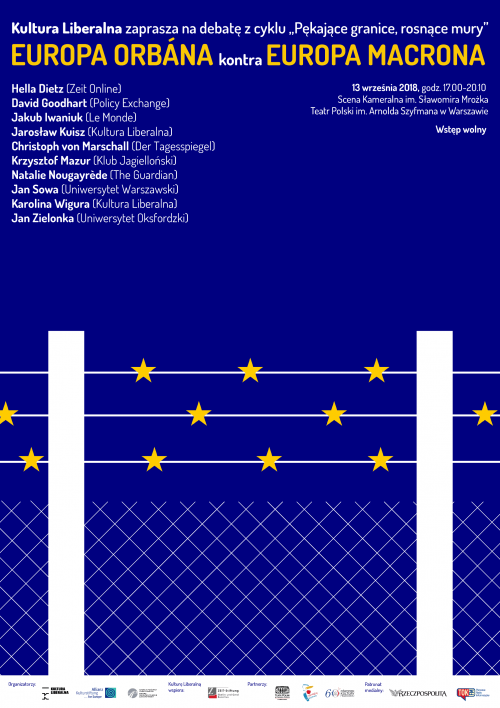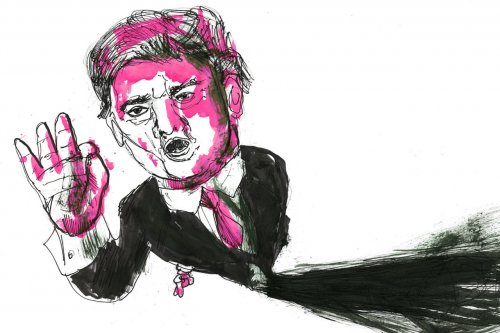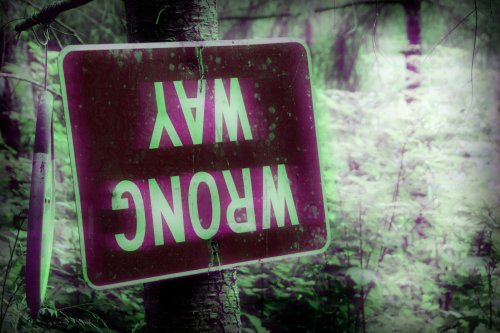 For those who know a thing or two on the subject realised very poignantly in the early 2010s that there were no comic books for children in our country. There are American, French language, Asian and Polish comics, fantastic and serious, for guys and for girls, for adults, for teenagers, almost for everybody. But for children, with one exception, there is essentially nothing.
For those who know a thing or two on the subject realised very poignantly in the early 2010s that there were no comic books for children in our country. There are American, French language, Asian and Polish comics, fantastic and serious, for guys and for girls, for adults, for teenagers, almost for everybody. But for children, with one exception, there is essentially nothing.
Native publishers have decided to fill that gap. And no wonder, for they are people who know their comics and have been reading them since childhood, and some of them are also parents, which means that they had an excellent insight both in the situation on the market and in its needs. Special imprints for children have been created by Kultura Gniewu and Centrala but comics for the youngest are also published by others – this year’s festival Komiksowa Warszawa saw, for example, a free children’s comic book edited by Polskie Stowarzyszenie Komiksowe.
The festival offer also included a Centrala album called Tej nocy dzika paprotka [This night a wild fern]. I have to admit that it is a truly blood-curdling story. On a Saturday morning seven-year-old Tomek wakes up as usual. There is no Teleranek on TV but this does not bother him for this programme has not been shown for many, many years – longer than Tomek has been present in this world. The most terrible thing is that when he walks into his parents’ bedroom with his dog Mumin, it turns out that during the night some monstrous wild fern… Well, we don’t quite know what, but it did something to Mum. It replaced her in some way – perhaps devoured her like Alien, perhaps it struck her down in a duel like Predator, perhaps it infected her with itself like Something or Zombies. Tomek doesn’t know it and I doubt it if he entertains such radical associations but the fact remains that lying where Mum used to lie alongside Dad, is a horrible tangle of feathery leaves.
As if that were not enough, Dad seems completely unshaken, he is fully composed, interested only in his breakfast. So the
The scenario was written by Marzena Sowa, a Pole living in the West. She gained popularity there with a sentimental-nostalgic series Marzi telling a story about a small girl living in the twilight years of communist Poland. Her comic book called Children and People is an attempt at grappling with the subject of living in the Stalinist times but this story was not as good as the first one. In Wild Fern Marzena Sowa seems to recover her script-writing form. She proves what she already showed in the first instalments of Marzi – that she is excellent in handling stories kept in a humorous vein, that she has a good feel for a child’s mind, thinking, emotions. She is able to show serious things from a child’s perspective – as a pretext for play. She shows that things which essentially are funny sometimes are turning into problems. In this album she artfully adopted the child’s way of perceiving the world and analysing reality but she also showed the huge gap between the perceptions of the younger and the older.resolute seven-year-old faces the necessity to unravel the mystery, perhaps to save his progenitor or learn to function in a new reality. The situation soon turns out to be less horrible than it first seemed and everything ends well, even perfectly. Only the sensational reminiscences of this extraordinary Saturday morning remain. The whole incident with the wild fern is just an astonishing new experience born of insufficient data and overcompensating imagination of a seven-year-old.
The drawings are the work of Berenika Kołomycka, professionally involved in press and book illustration, designing computer games and drawing comic books. She appeared in the anthologies 44 and W sąsiednich kadrach. Polacy i Czesi o sobie w komiksie

[In adjacent panels: Poles and Czechs about themselves in comic books]. More fame and recognition was brought to her by Wykolejeniec [A bum] with the scenario by the legendary Grzegorz Janusz. In Wild Fern she chose an expressive, painterly style presented in an idiom accessible to an unsophisticated reader, sometimes remindful of the famous Persepolis by Marjane Satrapi. Big, colourful, painstakingly detailed panels are filled with seemingly simple but by no means simplified drawings. The use of paints, abandoning some demands of perspective and rejection of anatomic realism for the sake of clarity make the overall effect remindful of authentic children’s doodles. We can see in it the work of a professional, a person who knows what she is doing. The non-standard, large size of album makes it even more pleasurable to immerse yourself in this beautifully painted although threatening world. After all the comic is addressed to children, who – as the work makes clear – perceive the world quite differently, they like to be drawn into it.
There are few such albums in Poland, that is comic books for small children. Donald Duck is targeted at children capable of reading on their own; for the youngest we so far have the brilliant, educational-action comics by Tomek Samojlik. And Wild Fern, an excellent idea for a present. Not only for children. Also for adults. So that they would forbid their friends to do strange things with their hair…
Comics:
Marzena Sowa, Berenika Kołomycka, Tej nocy dzika paprotka, Centrala, Poznań 2013.




